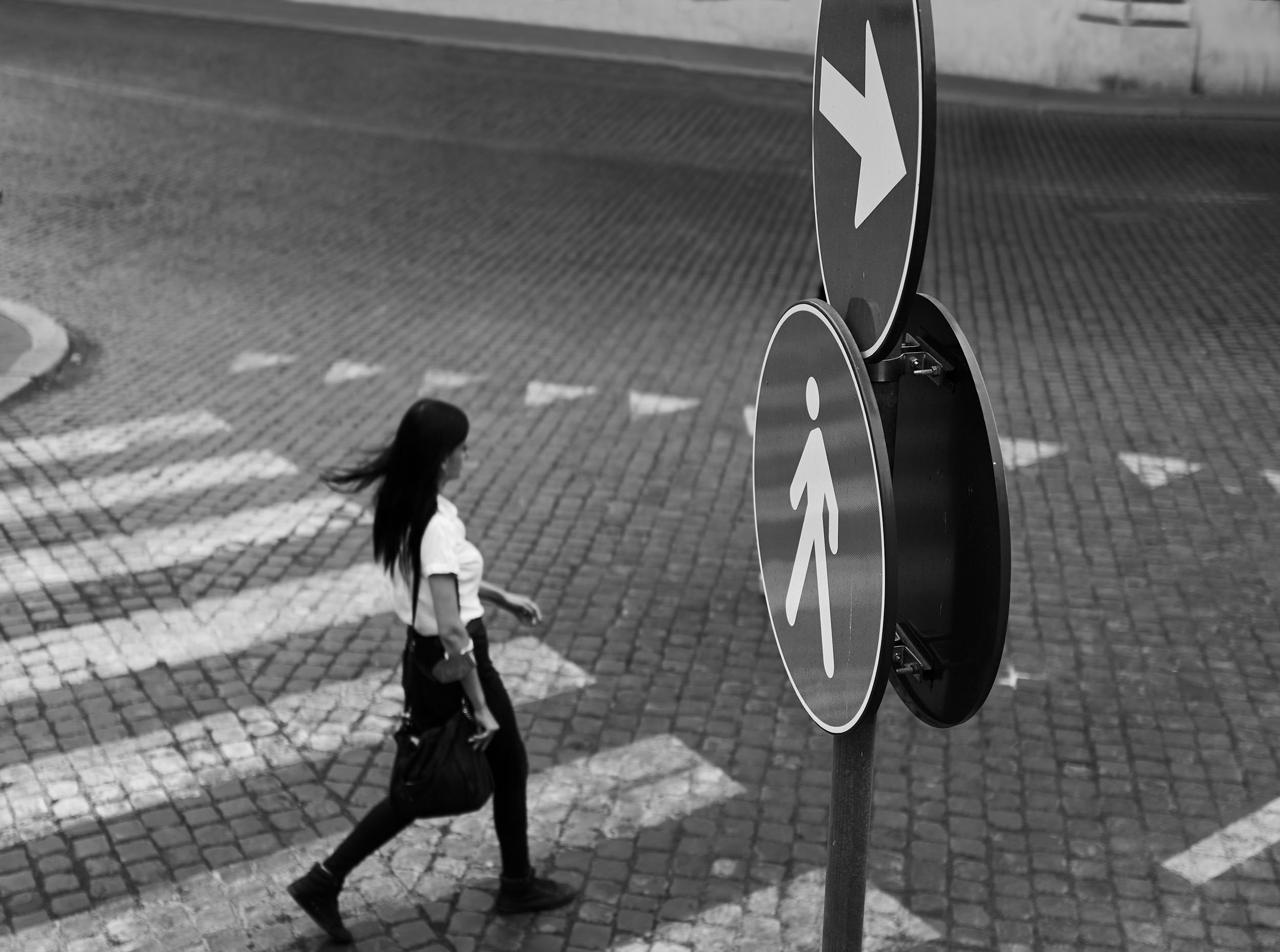The Definitive Guide to Street Photographers
Table of ContentsStreet Photographers Fundamentals ExplainedAn Unbiased View of Street PhotographersMore About Street PhotographersStreet Photographers - TruthsThe Ultimate Guide To Street Photographers
A genre of photography that documents day-to-day life in a public place. The actual publicness of the setup allows the professional photographer to take candid photos of strangers, often without their expertise. Road digital photographers do not necessarily have a social function in mind, yet they favor to separate and capture minutes which might or else go undetected (Street Photographers).He was affected by many of those that influenced the street professional photographers of the 1950s and '60s, he was not primarily interested in capturing the spirit of the road. The impulse to visually record people in public began with 19th-century painters such as Edgar Degas, douard Manet, and Henri de Toulouse-Lautrec, that functioned side by side with photographers trying to catch the significance of city life.
While the photographers' subject was essentially the same, the results were considerably various, demonstrating the effect of the professional photographer's intent on the personality of the images he produced.
Provided the great quality of his photographs and the breadth of material, architects and musicians commonly bought Atget's prints to use as reference for their very own job, though business rate of interests were barely his main motivation. Instead, he was driven to picture every last residue of the Paris he loved.
The Main Principles Of Street Photographers
They reveal the city via his eyes. His job and basic understanding of photography as an art type acted as inspiration to generations of professional photographers that followed. The future generation of street professional photographers, though they likely did not refer to themselves thus, was ushered in by the photojournalism of Hungarian-born photographer Andr Kertsz.
Unlike his peers, Brassa used a larger-format Voigtlnder cam with a longer exposure time, requiring him to be more calculated and thoughtful in his practice than he may have been if making use of a Leica.
Cartier-Bresson was a champion of the Leica video camera and among the first digital photographers to optimize its capacities. The Leica enabled the photographer to communicate with the environments and to capture minutes as they happened. Its fairly little dimension also aided the photographer fade into the background, which was check my source Cartier-Bresson's favored strategy.
Everything about Street Photographers
It is due to this fundamental understanding of the art of picture taking that he is typically attributed with discovering the medium throughout once more about a century considering that its development. He took photos for more than a half century and influenced see it here generations of digital photographers to trust their eye and intuition in the moment.
These are the inquiries I will try to answer: And after that I'll leave you with my very own meaning of street photography. Yes, we do. Let's start with specifying what a definition is: According to (Street Photographers) it is: "The act of specifying, or of making something guaranteed, unique, or clear"
No, definitely not. The term is both limiting and misleading. Seems like a street digital photography must be photos of a roads ideal?! And all street professional photographers, except for a handful of absolute newbies, will fully value that a street is not the vital element to road digital photography, and check actually if it's an image of a street with possibly a couple of dull individuals doing nothing of rate of interest, that's not road digital photography that's a snapshot of a road.
All about Street Photographers
He makes a valid factor do not you think? Nevertheless, while I agree with him I'm uncertain "honest public digital photography" will capture on (although I do sort of like the term "candid photography") since "road photography" has actually been around for a long period of time, with numerous masters' names affixed to it, so I believe the term is right here to remain.
Inside?! I hear you shout as you shake your fist to the sky. Why not? You can shoot at the beach, at a festival, in an alley, in a park, in a piazza, in a coffee shop, at a museum or art gallery, in a metro station, at an event, on a bridge, under a bridge ...

Not known Facts About Street Photographers
